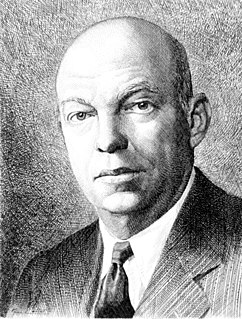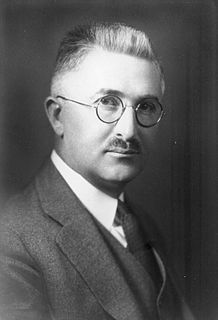This article includes a list of general references, but it remains largely unverified because it lacks sufficient corresponding inline citations .(May 2015) (Learn how and when to remove this template message) |
Frederick Britton Llewellyn (September 16, 1897 - December 10, 1971) was a noted American electrical engineer.
Contents
Llewellyn was born in New Orleans, Louisiana. He took a course at the Marconi School for Wireless Operators in 1915, spent some three years in the merchant marine, and almost a year in the Navy in 1917-18. He then studied under Professor Alan Hazeltine at Stevens Institute of Technology, receiving his M.E. degree in 1922. After a year as laboratory assistant to Dr. F. K. Vreeland, he joined Western Electric in 1923, transferring in 1925 to Bell Telephone Laboratories, where he worked on the long-wave transatlantic telephone based in Rocky Point, New York. From 1924-28 he studied at Columbia University, receiving his Ph.D in 1928.
Llewellyn helped develop the first public ship-to-shore telephone service, inaugurated in 1929 on the SS Leviathan. In the 1930s he studied noise in vacuum tubes and constant-frequency oscillators, and researched the behavior of vacuum tubes at very high frequencies. During World War II, he served as a consultant to the Office of Secretary of War. He and Edwin H. Armstrong designed a sensitive receiver used to detect a radar signal reflected from the moon (Project Diana).
After the war, he served as a consulting engineer, primarily on military electronics systems, assistant to the President of Bell Telephone Laboratories 1956-61, affiliate of the Institute of Science and Technology at the University of Michigan 1961-1965, and research director of the Polytechnic Institute of Brooklyn 1965 until retirement in 1967.
Llewellyn was president of the Institute of Radio Engineers in 1946, [1] and awarded the 1936 IEEE Morris N. Liebmann Memorial Award for his results on high-frequency electronics and constant-frequency oscillators. [2]








